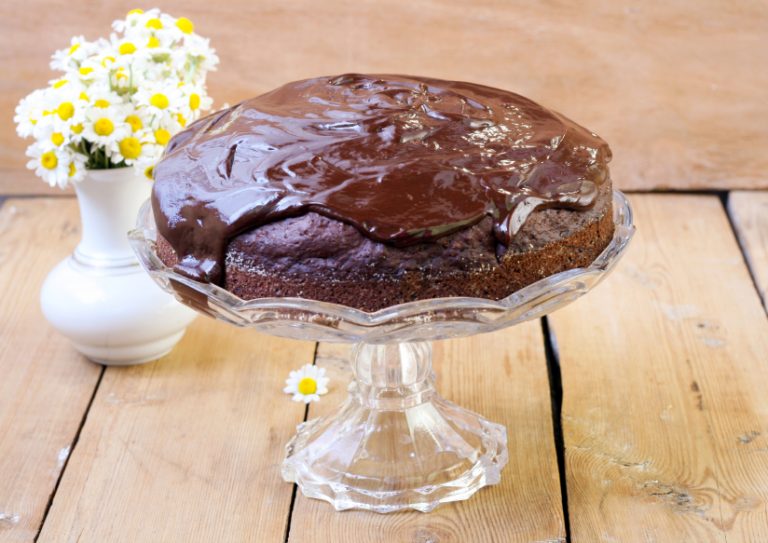What Does the Jewelry You Wear Really Mean?
July 10, 2012
As the founder and designer of SariBlue, an earthy, everyday-wear jewelry collection centered on the power and theory of the evil eye, I’m sure it’s no surprise that I have an innate fascination with symbolism, superstitions, and history. My personal quest for a greater connection to my own culture, and my basic inquisitive nature, led me down many paths of exploration. What I found was that most cultures use an amulet or talisman to help ward off evil. Many cultures also develop an affinity for a symbol, which can help bind a culture or identify a unifying theory that’s important to the group.
Here are five fascinating and culturally connected icons in jewelry that are deeply rooted in history and have become recognizable symbols across more than just the cultures where they began:
Evil Eye
This age-old concept is alive and well today in many cultures. The nazar boncugu charm, or evil eye bead, is shaped like an eyeball and often set on a blue background to stare back at the world to ward off evil spirits.
The evil eye concept began in Middle Eastern and Mediterranean culture where the native people had dark hair and eyes. When they were invaded by Western cultures, the invaders’ eyes tended to be blue. The evil eye was made blue in color to represent this threat. Today, blue is still the most popular color used in an evil eye piece of jewelry. Fortunately for the jewelry world, the evil eye is also referred to as the “lucky eye.” People believe that wearing the evil eye will bring you luck and ward off negativity.
Celtic Knot
I love Celtic knots. They are gorgeous and add a sense of mysticism to whatever object they are a part of. In Irish culture, it’s embedded in everything, from architecture to jewelry to logos for businesses. These knots are so entrenched in the culture that dissertations have been written about just one kind of knot – that’s dedication! The knots have several meanings and are felt to spiritually influence those who adorn themselves with them. The knots are seen as endless, with no start or finish; thus, they symbolize life’s infinity. The knots are also used as an amulet to fend off illness or catastrophe. As a gift, the knots are seen as the best possible way to wish someone a long, happy life.
Hamsa (or Hand of Fatima)
The hamsa is a palm-shaped amulet that’s popular throughout many parts of northern Africa. It is commonly used in wall hangings and, of course, jewelry. It depicts an open right hand and is seen as a protective symbol in many cultures (noticing a trend here?). It has also been known to protect against the evil eye we spoke of earlier. It is used in parts of the Islamic, Jewish, and Christian worlds.
This is such an interesting symbol, as it overlaps all the major religions of the world, yet there is not a true path to find where it started. It is used today by people from many places and can be something that’s worn or used in a home for protection.
From the perspective of Islam, the Hand of Fatima is worn as a lucky symbol, and each finger of the hand has a different attribute. One is faith, followed by prayer, pilgrimage, charity, and fasting.
Horseshoe
The horseshoe is a well-known symbol of luck and protection. This lucky symbol is as ancient as the use of hammering metal to make actual shoes for workhorses. The luck of the horseshoe comes from the open end moving up to “enclose” the good luck within the shoe. Horses, in general, are seen as mythical creatures which have luck all their own; if a shoe can protect the amazing horse, it certainly can protect a human. This amulet is very popular today in jewelry, charms, and fashion. There are also many companies that have used this symbol in their logo.
Malocchio, Mano Cornuta, or Cornuta
Il malocchio is Italian for the evil eye, or casting the evil eye. The idea of this is a cultural and superstitious notion. Most Italians believe very strongly in it, or have heard about it from past generations. Italian-Americans are well aware of the talisman worn to keep the malocchio away. There are two recognizable symbols in Italian culture that will protect against someone casting evil thoughts your way. The first is a just a simple cornuta, or horn. If you were around in the ‘70s and ‘80s, tons of men (both Italians and non-Italians) wore large gold horns on necklaces underneath an unbuttoned polyester shirt. (Picture “Saturday Night Fever” and you’ll get the idea.) Woman often wear it as well.
The other adornment, which traditionally is for men, is the mano cornuta, which is a hand facing downward, with the two outside fingers (pinkie and pointer) pointing outward while the rest of the hand is held inward. If you have ever been to a Metallica concert, you’ve seen the gesture. This symbol is very specific to men, because the casting of evil eyes is thought to also harm fertility, so the mano cornuta points to the area being offered protection.
As you can see, jewelry says a lot more than most people think. It’s fun to know exactly what your fashion statements are saying. Just like a well-designed tattoo, your jewelry is worth a thousand words.






